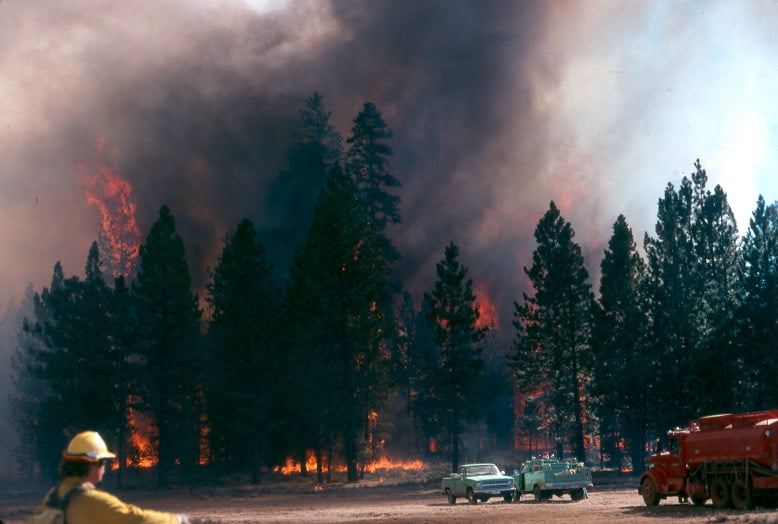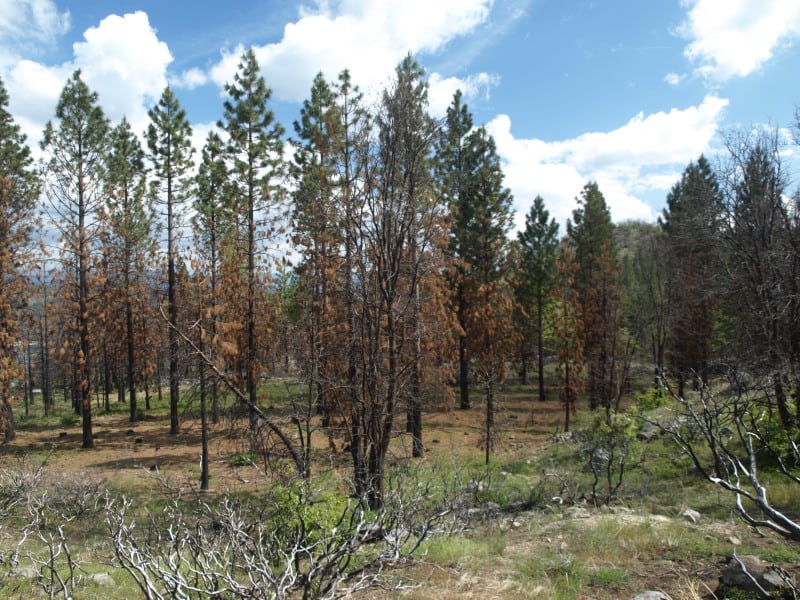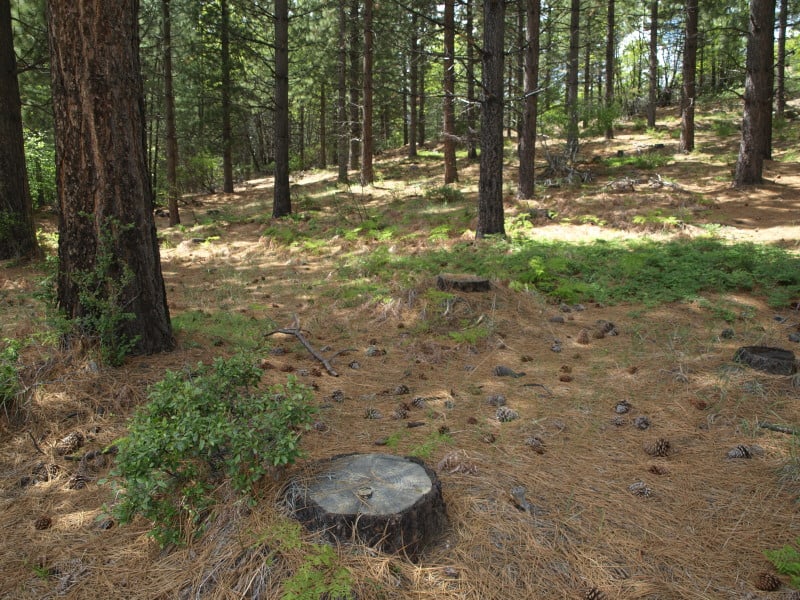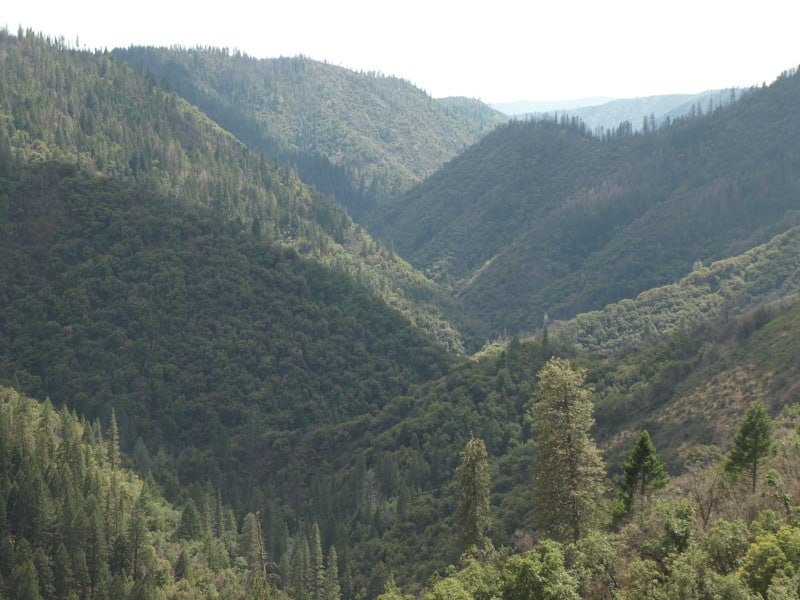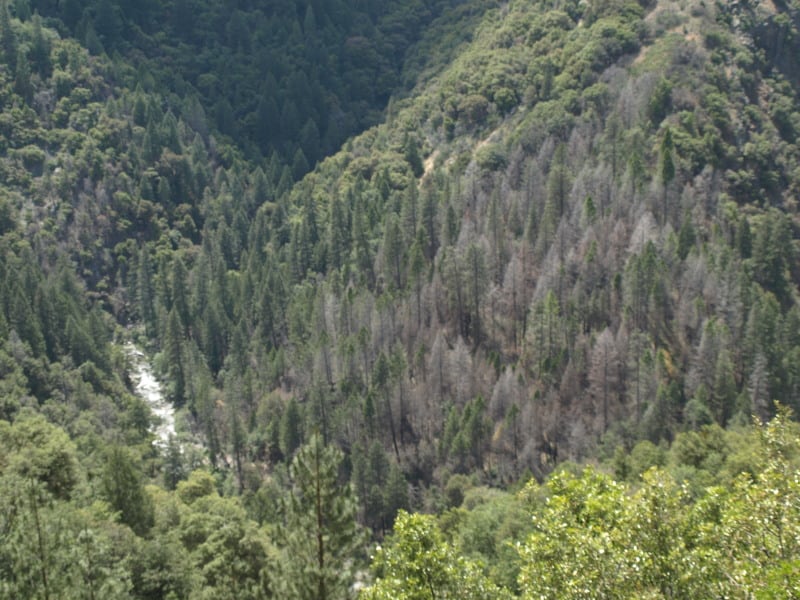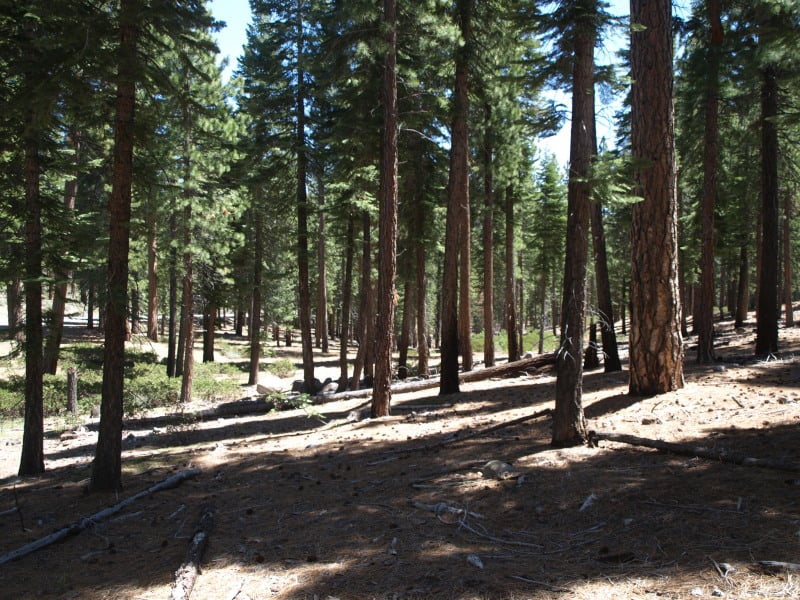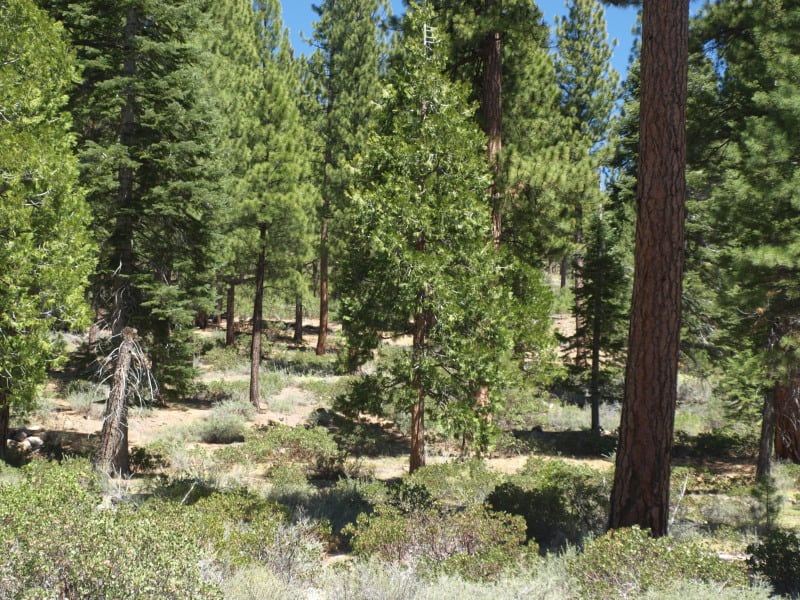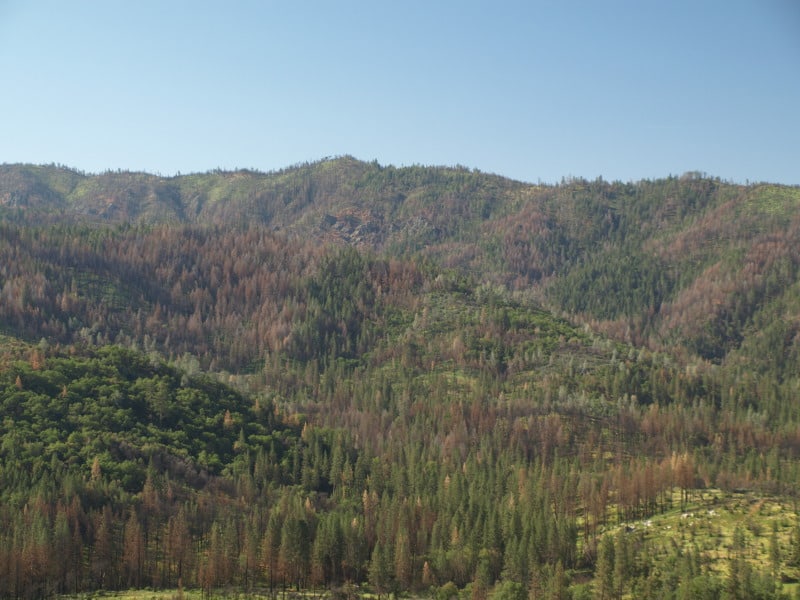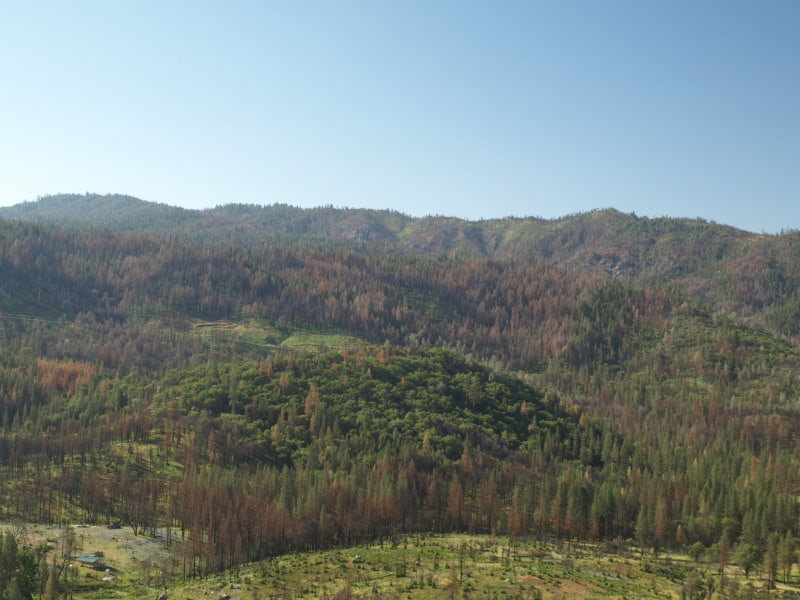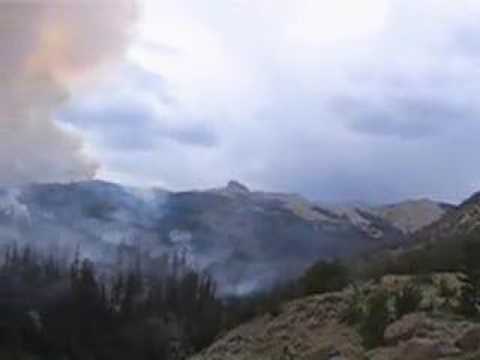
Here’s a link to a post in Slate and below is an excerpt:
Resistance. Fire suppression continues to thrive because there are fires we need to stop, but the strategy has also reinvented itself from simple firefighting to an all-hazard emergency service model that effectively looks like an urban fire department in the woods. This makes sense in places defined by urban sprawl, but it’s expensive, and it has not shown it can manage fire. If the strategy retains the strengths of fire suppression, it also magnifies suppression’s weaknesses.
Restoration. Restoration’s ambition is to get ahead of the problem. Yet the vision has proved expensive and complicated. Federal, state, and local jurisdictions are all involved with many projects. Before controlled fire can, in fact, be controlled, there often need to be expensive pretreatments like forest thinning. Emissions from long-burning fire can linger, causing other problems. Between the financial, political, and social costs, there is little reason to believe that the country will muster the will to rehabilitate, at the rate or scale required, the tens of millions of acres believed by the Forest Service, Nature Conservancy, and the Government Accountability Office to be out of whack. Probably the best we can hope for is to shield high-value locales like exurbs and municipal watersheds.
Resilience. A new strategy from the West accepts that we are unlikely to get ahead of the problems coming at us. Instead of attempting to directly control burns, it confines and contains outbreaks. Of course there are some fires that simply bolt away from the moment of ignition, and there are some that must be attacked instantly because they threaten people or critical sites. But many fires offer opportunities to back off and burn out. These are not let-burns. Rather, fire officers concentrate their efforts at point protection where assets are most valuable. Elsewhere they will try to pick places—draw boxes—which they can hold with minimum expenses, risks, and damages. Some patches will burn more severely than we would like, and some will barely burn at all, but the rest will likely burn within a range of tolerance. Such burnouts may well be the West’s alternative to prescribed fire on the Southeastern model or to unrestrained wildfire.
Sharon’s thoughts: I agree with Pyne’s rock, paper, scissors analogy.
The idea of “whackness” though, continues to be “wacky”, IMHO, in this time of climate change. And the cost has always been too big to do everywhere (although in some circles, this has not been popular thinking). I remember a Forest Service field trip around 2007 with Fred Norbury (then Associate Deputy Chief for National Forest Systems at the Forest Service if I recall, an economist by background). We were looking at fuels treatments on the Pike part of the PSICC, and when Fred was told their per acre costs, and how often the treatments would have to be redone, you could almost see the calculations going on behind Fred’s eyeballs. Not to speak of the air quality issues, difficulty in finding a window, liability and so on. This dog (“restoring the West”) was never going to hunt, for a variety of philosophical (restore to what? why pick that?), and practical reasons, not the least of which was the price tage. I’m glad Pyne said it out loud.
Now, I would not term the third either “resilience” or “new”. People have been using that approach to fire management since way before I retired. I don’t know what it was called, or even if it had a name (fire people seem to always be making up new terminology) but people have been doing it. Using the right tool and the right strategy for the job seems like “common-sense” fire management, that reflects protecting values at risk and public and firefighter safety, while trying to spend less.
It does seem to me, however, that there are lots of situations where values about public lands can and do differ, and the wisest team of fire people are not always going to get the “right” answer in terms of what the fire will do and what the impacts will be. There is so much second-guessing in the world today, and assuming other people are screwed up, ignorant, incompetent, malevolent, and so on (especially on the internet). I don’t doubt that this “not-new” approach is needed. But I wonder whether our litigious and disagreeable society is ready for it. What do you all think?

